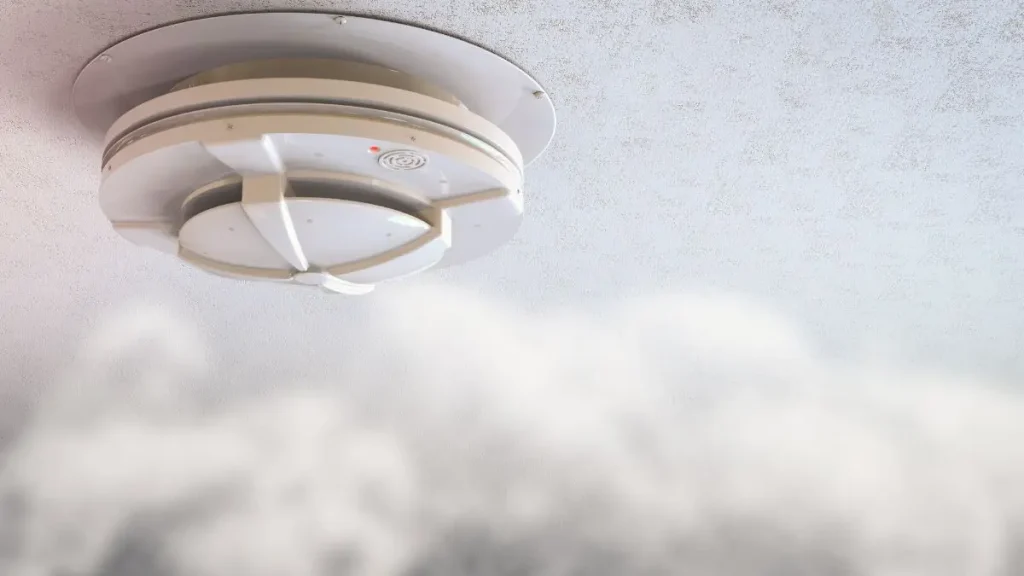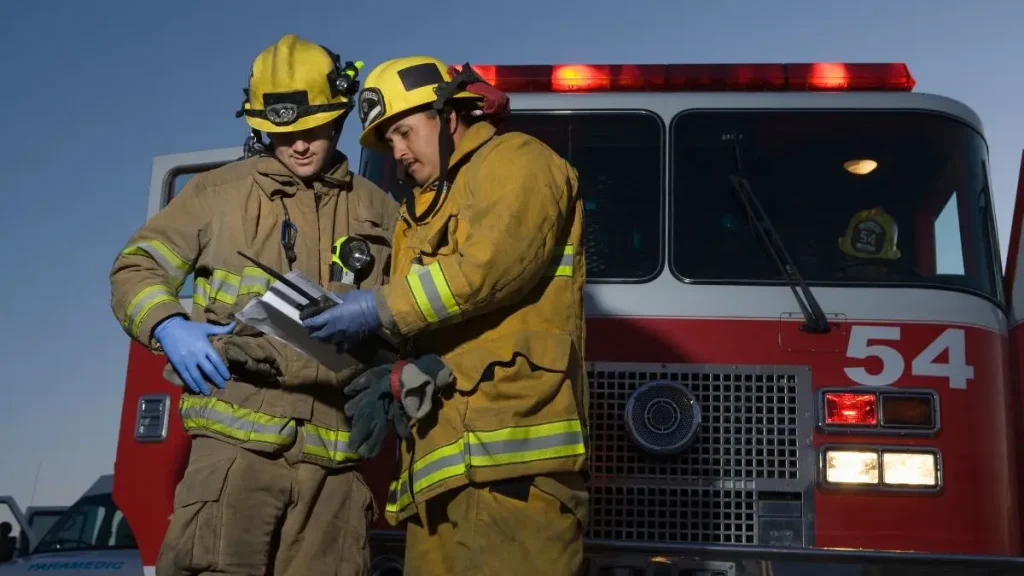Fatal Three-Alarm Fire in Allegany County Home Kills 69-Year-Old Woman
I still remember reading about this one, and it hit me hard. On a Friday morning, at 11:53 a.m., a fire broke out at a home in the 1100 block of Proenty Road NW, Corriganville. Firefighters rushed to the scene after reports that someone was trapped inside. When they arrived, heavy flames were already engulfing the two-story house.
After an intense hour of firefighting—dozens of responders working tirelessly—the blaze was finally brought under control. Tragically, the body of a 69-year-old woman, an occupant of the home, was found inside. Her identity hasn’t been released, and one firefighter sustained minor injuries but was treated on the spot. The body was sent to the Office of the Chief Medical Examiner in Baltimore for an autopsy.
Reading this made me think about how quickly a fire can take over a home. Just a few minutes can mean the difference between life and death. It’s sobering, but it’s also a real reminder: no matter how safe your home feels, a single spark can change everything in seconds.
The Critical Role of Smoke Alarms

When I first read about the Allegany County house fire, one thing struck me immediately: there were no working smoke alarms in the home. That detail is chilling. Acting State Fire Marshal Jason Mowbray told WMAR2 News, “You only have seconds to escape a fire… the sooner you hear an alarm, the sooner you can get out.” It’s hard to overstate how crucial this is.
Think about it. A working smoke alarm can alert you before flames even reach your door, giving you precious minutes to escape. According to the National Fire Protection Association, homes with functioning alarms reduce the risk of dying in a reported fire by almost 50%. That’s not just a statistic—it’s a real chance at life.
I’ve been in homes where people assume their alarms “will never go off,” or they don’t even test them. But hearing a story like this one hits home: prevention is often the only difference between life and death. I want you to imagine your own family in that scenario. Now ask yourself: are your alarms working today?
How Firefighters Responded to the Blaze?
Watching how the Corriganville firefighters tackled this fire makes you appreciate the sheer intensity of their work. According to locals sharing updates on Facebook, dozens of firefighters arrived at the scene after 911 calls reported someone trapped inside.
When they got there, the two-story home was fully engulfed, flames pouring from windows and the roof.
Firefighters worked for nearly an hour, risking their lives to bring the blaze under control. One firefighter sustained minor injuries but was treated immediately on the scene. The Office of the Maryland State Fire Marshal praised their quick, coordinated response and emphasized that fighting fires in homes without smoke alarms is exponentially more dangerous.
I want you to pause for a moment and picture that. These men and women ran straight into a wall of fire, knowing that every second counted. Meanwhile, without smoke alarms, the occupant inside had almost no warning. That combination of circumstances is why tragedies like this happen.
Dozens of firefighters arrived at the scene after 911 calls reported someone trapped inside, similar to other local incidents where quick response prevented further casualties, like in Niagara County home fire.
Autopsy and Investigation Updates
After the fire, the 69-year-old woman’s body was transported to the Office of the Chief Medical Examiner in Baltimore for autopsy. The cause of the fire remains under investigation. While we don’t know yet whether it started in the kitchen, living room, or electrical system, one fact is clear: the absence of smoke alarms made escape impossible.
Why is this important? Because investigations like this are not just about determining fault—they’re about understanding risk and preventing future tragedies. Every time a fire like this happens, fire marshals learn something new about how homes ignite and what residents can do to reduce their risk.
Investigations into the cause of such fires help authorities understand common hazards, as seen in other cases, like the Concord house fire.
From my perspective, this section reminds us that behind every news report is a system working to protect us. It’s not just paperwork—it’s lessons we can all apply in our own homes today.
Fire Safety Tips for Homeowners
Now, let’s get practical. I want you to read this section like a checklist for your own home. A few simple steps can save lives:
- Install smoke alarms on every level of your house, and in every bedroom. Don’t skip the hallway either.
- Test your alarms monthly and change batteries at least once a year. Don’t assume it works until you hear the sound yourself.
- Have a fire escape plan. Walk through every room and map out at least two exits. Practice it with everyone in your household so it becomes second nature.
- Check on neighbors, especially older adults or those living alone—they might not have working alarms.
- Avoid common fire hazards: don’t leave candles unattended, keep flammable items away from heaters, and unplug electronics when not in use.
I know it sounds like basic advice, but the Allegany County fire proves that even small oversights can be fatal. These steps are cheap, simple, and highly effective.
Community Awareness & Lessons Learned

One of the things that struck me while reviewing this fire was the community’s reaction. Locals on Facebook expressed shock, sorrow, and sympathy for the victim’s family. Sharing information about fire safety—like smoke alarms, emergency contacts, and escape drills—becomes a form of community care.
I want to challenge you here: talk about fire safety with your neighbors, friends, or relatives. Spread awareness.
Even one conversation could prevent someone else from experiencing what happened in Corriganville. Community engagement turns a personal tragedy into a collective learning moment.
You can also stay updated on local safety alerts and tips through a handy messaging channel—many neighbors are already sharing important fire safety reminders there.
Contextualizing House Fires in Maryland
When I looked at recent fire reports, I realized this tragedy isn’t isolated. Maryland sees dozens of house fires every year, and many of them share the same pattern: older homes, missing or non-functional smoke alarms, and delayed detection.
According to the Maryland State Fire Marshal, fires in residential homes remain one of the leading causes of accidental deaths in the state.
What often gets overlooked in news coverage is the trend behind the numbers. In Allegany County alone, there have been multiple incidents in recent years where a lack of early warning systems worsened outcomes. Homes without alarms, old wiring, or unattended heat sources dramatically increase risks.
Trends show that many residential fires in the region, including the South Lake Charles home fire, follow similar patterns with delayed detection or absent smoke alarms.
I want you to think about this in a personal way: these statistics aren’t abstract—they represent real families, neighbors, and friends. Knowing the patterns allows you to make informed decisions. Check your home’s wiring, alarms, and escape routes today. Don’t wait for a headline to scare you into action.
Takeaways and Actionable Lessons
Here’s what I want you to walk away with after reading about the Allegany County house fire:
- Smoke alarms save lives. If you haven’t checked yours in the last month, do it today.
- Preparation matters. Know your exits, practice fire drills, and have a plan for everyone in your household.
- Community counts. Share safety tips, check on vulnerable neighbors, and spread awareness—it could save someone else.
- Be proactive, not reactive. Waiting until a fire happens is too late; small, consistent safety habits make the difference.
I’ve seen too many stories like this one where tragedy could have been mitigated by basic precautions. That’s why I write in this first-person tone—I want you to feel that urgency and the personal responsibility to act.
Before you go, I’ll leave you with a question: When was the last time you tested your smoke alarms and walked through your fire escape plan? If you can’t remember, now is the perfect time to do it.
For more real-life fire safety stories and home preparedness tips, explore our website Build Like New.
Disclaimer: The information in this article is based on verified sources and the Maryland State Fire Marshal. It is intended for educational and awareness purposes only and should not replace professional advice or emergency guidance. Always follow local fire safety regulations and consult authorities in case of emergencies.


